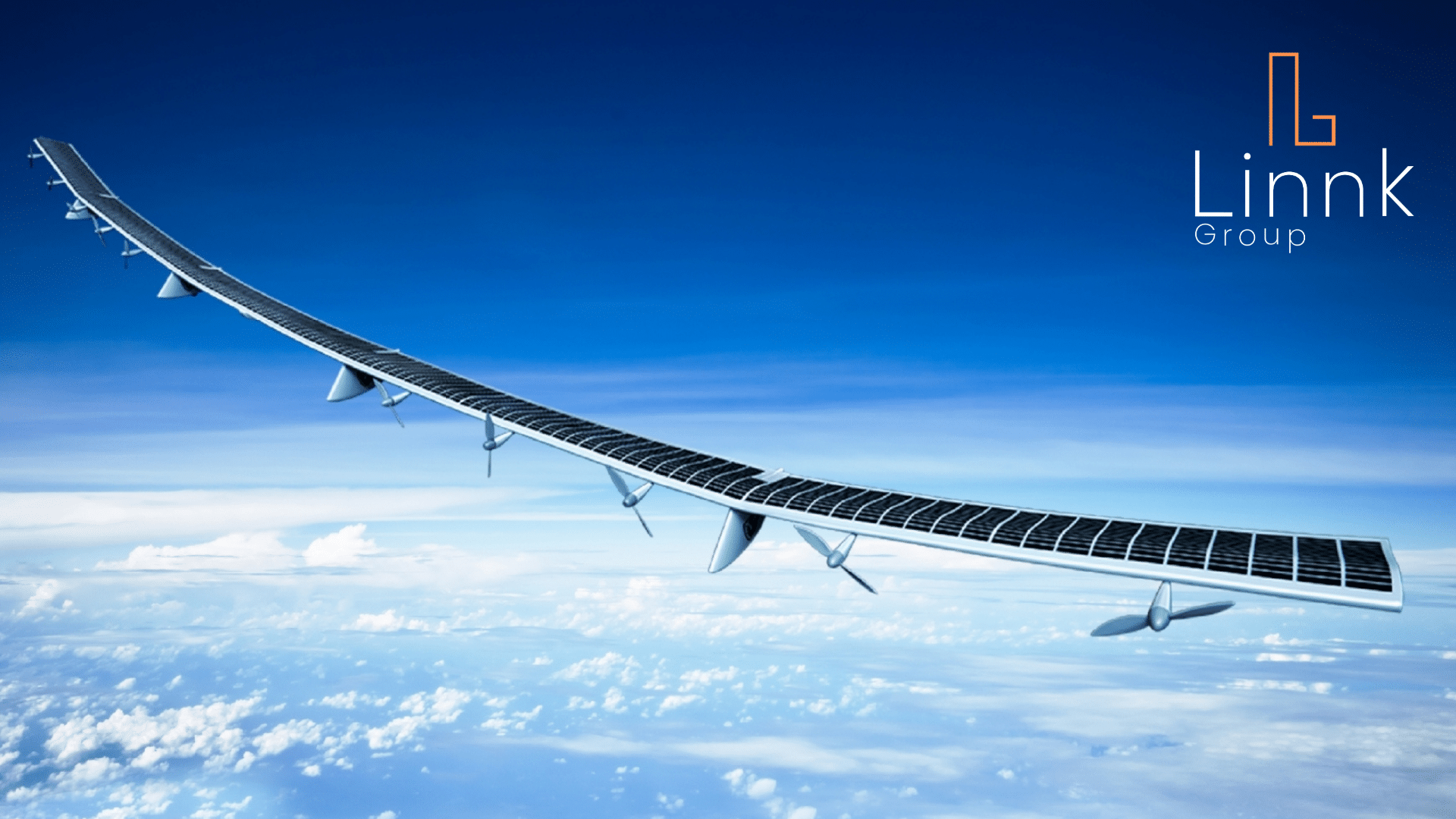Japan’s Flying 5G Base Stations Set to Take Off in 2025
Related Articles

Japan is aiming to reestablish itself as a leader in telecommunications technology with an ambitious plan to launch solar-powered, unmanned aerial vehicles (UAVs) equipped with 5G mobile base stations by 2025. These high-altitude platform stations (HAPS) will fly in the stratosphere and provide broader network coverage than traditional ground-based stations. With the recent adoption of global frequency standards for aerial base stations, the path is clear for the commercial rollout of this futuristic connectivity solution.
The Potential of HAPS
The coverage range of a standard ground base station is typically between 3-10km. In remote or difficult terrain, large numbers of base stations are needed to achieve widespread connectivity. HAPS UAVs will fly at altitudes of 20-25km and have connectivity ranges of up to 200km each. Just one HAPS drone could potentially cover the same area as hundreds of ground stations. This makes them ideal for bringing mobile connectivity to remote islands, coastal areas, mountain regions and other digitally isolated locations. As well as expanding networks, HAPS could also provide backup connectivity in disaster situations where ground infrastructure is damaged.
Global Standards Agreed
A key recent development that clears the path for HAPS rollout is an agreement on global frequency standards for aerial base stations, made at the recent World Radiocommunication Conference held in Dubai. The conference, attended by representatives of 163 nations, adopted Japan’s proposal for 1.7GHz, 2GHz and 2.6GHz to be set as standard HAPS frequencies worldwide. These bands are already widely used in mobile networks. The 700-900MHz ‘platinum band’ was also approved for HAPS usage in Europe, Africa, Asia and the Americas. With these global standards agreed, Japanese HAPS technology can now be exported and deployed internationally.
Development is Underway
Japanese companies have already begun HAPS technology demonstrations. For example, SoftBank recently facilitated a 5G call between Rwanda and Japan using an experimental HAPS drone stationed in stratosphere. Several major partnerships have formed to progress R&D, such as the NTT and Sky Perfect JSAT joint venture Space Compass, which aims to offer the first commercial HAPS services in 2025. The 2025 World Expo in Osaka will also showcase HAPS connectivity. Through these testing initiatives, Japan aims to position itself alongside Chinese and Western competitors in the telecom infrastructure export market.
Bridging the Digital Divide
An important motivation behind Japan’s HAPS programme is bridging the digital divide in developing nations. While 66% of the global population has internet access, penetration rates in parts of Africa remain below 30%. The expense of installing terrestrial networks makes progress slow. HAPS drones, which can cover huge areas for less investment, are seen as a solution for connectivity in poorer regions. Initiatives such as SoftBank’s recent trial in Rwanda demonstrate the potential. In time, exports of Japanese HAPS infrastructure could significantly boost internet penetration rates in emerging digital economies.
Conclusion
With groundwork being laid through technological demonstrations, frequency standardisation and international partnerships, Japan is set to realise its ambition of launching stratospheric 5G connectivity solutions by 2025. This could reestablish Japan as a leader in telecom infrastructure, as well as providing internet access to hundreds of millions in underserved nations. The unprecedented coverage ranges promised by HAPS networks will bring mobile connectivity to areas previously seen as unprofitable or remote. Japan’s flying base stations are ready for lift-off within the next three years.


